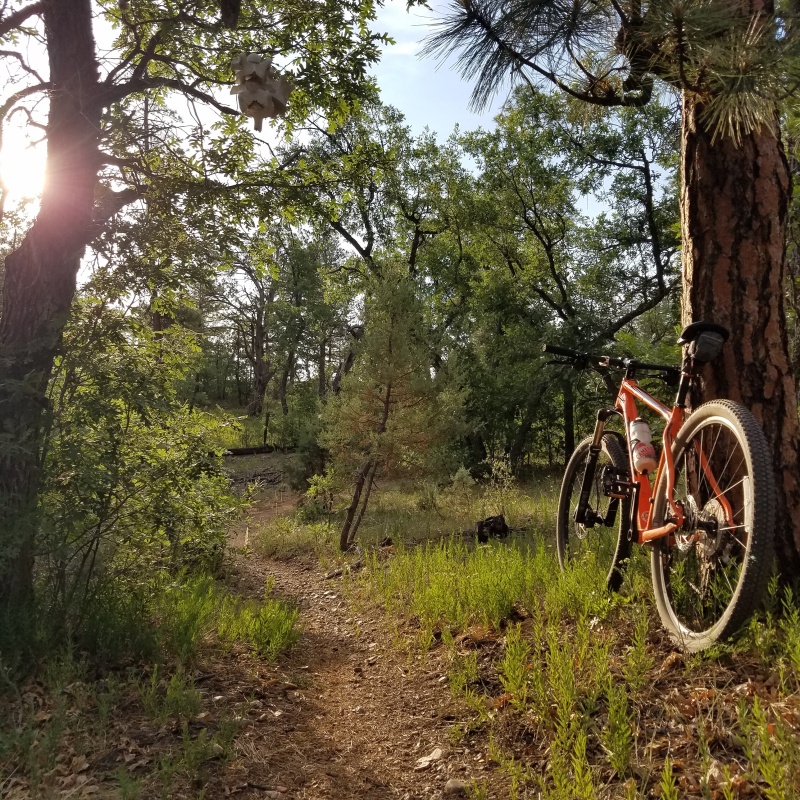And here it is, the “official” start of the Holiday shopping season. It matters not that we have been deluged since Halloween with commercials, ads in the papers and every so often, Christmas music overhead. Black Friday. It’s when retailers supposedly go “into the black”, finally turning a profit for the year. And do they ever suck you in.
Great deals inside! That’s what all the ads scream. What is pretty much hidden is the “Limit 1 per customer. Minimum 3 per store.” I know it is the science of loss leader. HP sells you the printer cheap to hook you for the ink cartrtidges which are more expensive than heroin (I don’t know this from personal research!). Retailers do the same: advertise great deals to get you in the store and when you find out the one item you really wanted is gone, you stick around and buy something else.
I’m a nightmare for this idea though. They don’t have what I’m looking for, I’m gone. With a few exceptions, like a fight outside of a Toys R Us, or several incidents with Wal-Marts (here and here), it was relatively calm. Nothing says calm like hundreds of greed crazed bargain shoppers running into the stores foaming at the mouth for great deals to me though.
I chatted with my patients about the phenomenon last night at work. They too agreed that it seemed both excessive and well, crazy. Is it really that important to get those “doorbusters”? I’m sitting there cleaning up poop and the the news in the background is displaying images of crowds swarming department stores at the butt-crack-of-dawn. It just seems, yes, excessive.
But I will admit I bought something on Black Friday: a fifth of Jameson. I really wanted the doorbuster 18 year old single malt, the they had already sold out of their allotment…so I settled.
UPDATE: some awesome pics from The Frame. Desperation, claustrophobia and exhaustion. Like I said…excessive.

